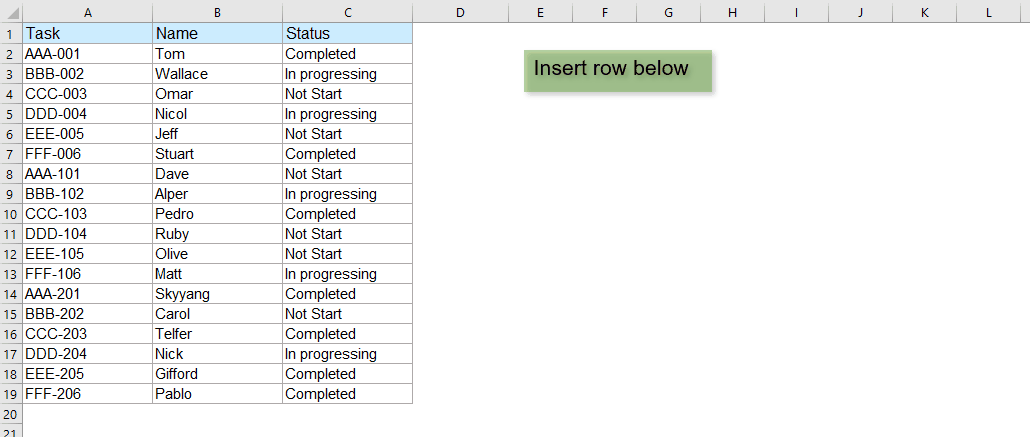

- INSERT ROWS IN LIGHTWRITE UPDATE
- INSERT ROWS IN LIGHTWRITE FULL
- INSERT ROWS IN LIGHTWRITE PLUS
An example of this would be a join of two tables by a value that must be derived from a query, such as getting the year from a date field to join tables The insert comes from a query that involves analysis of comparing data sets or comparing values where the organization of the values occurs before comparison.The data partitioned would be the new structure on top of the data, and the aggregates would be the organization on top of that new structure

An example of this would be a query that has data partitioned by year that then needs the totals and average for the year.
The insert requires organization of data on top of new structure or added structure. If I use any of these three tools with inserts, the query almost always meets the following criteria: For this reason, I will rarely use any common table expression, subquery or temp table structure with insert transactions. Generally, many insert transactions do not require significant complexity outside of transformations or validation. We can use this tool for helping us reduce the cost to as close to minimum, but each write operation will come with costs. If we have to remove 100 records against a table that will cause fragmentation because of how our records are organized, no common table expression or subquery will subvert the minimum cost required by the transaction. The reason these points are important is that we can optimized write operations for the best performance, but we can’t out-optimize their inherent design. Deletes therefore inherently use a select in that they remove partial data and the removal may create extra space among existing records in storage along how deletes mark records in the transaction log I will assume here that anyone wanting to remove all data from a table will use a truncate to reduce logging (though there may be reasons truncate is avoided). Deletes remove existing partial data from sets. Common table expressions may reduce our likelihood of reversing an update, which can be very costly in some cases 
INSERT ROWS IN LIGHTWRITE UPDATE
Relative to the space with existing data and the update performed, this can be costly in fragmentation, in the data source that is used as a reference, etc.
INSERT ROWS IN LIGHTWRITE FULL
Updates change existing data either in full or in partial from other information, whether a data source or a data variable. Relative to design (new records versus adding records between existing records), inserts can be a light write operation This can be all the data from that data set or a subset of the data. Inserts add data from a data set, whether that data set is a file, table, variable, hard-coded value, or other data. What’s important to consider relates to how inserts, updates and deletes fundamentally function and what this means for performance: These are the other popular combinations along with environments that use all three write CRUD operations. This removes the delete operation, but can add in storage and performance costs since data are never removed Never delete, only add and update: this is the soft delete or soft transaction approach where records aren’t removed, but updated to be inactive. If designed in a horizontally scaled manner, this can provide the fastest route for new data with only a small amount of updated data (or no updated data) INSERT ROWS IN LIGHTWRITE PLUS
Remove everything and reload: in SQL Server, this can be achieved through the use of the truncate plus insert operations.Outside of environments that use all three SQL CRUD operations (inserts, updates and deletes), there are two predominant development styles with these write operations that are useful to know when we consider common table expressions and write operations: Development styles with Inserts, Updates and Deletes Now, we’ll use our select statements for inserts and updates. We also saw that we weren’t required to explicitly create a table an insert data, but we did have to ensure that we had names for each of the columns along with the names being unique. This can be useful in aggregates, partition-based selections from within data, or for calculations where ordering data within groups can help us. In CTEs in SQL Server Querying Common Table Expressions the first article of this series, we looked at creating common table expressions for select statements to help us organize data.







 0 kommentar(er)
0 kommentar(er)
